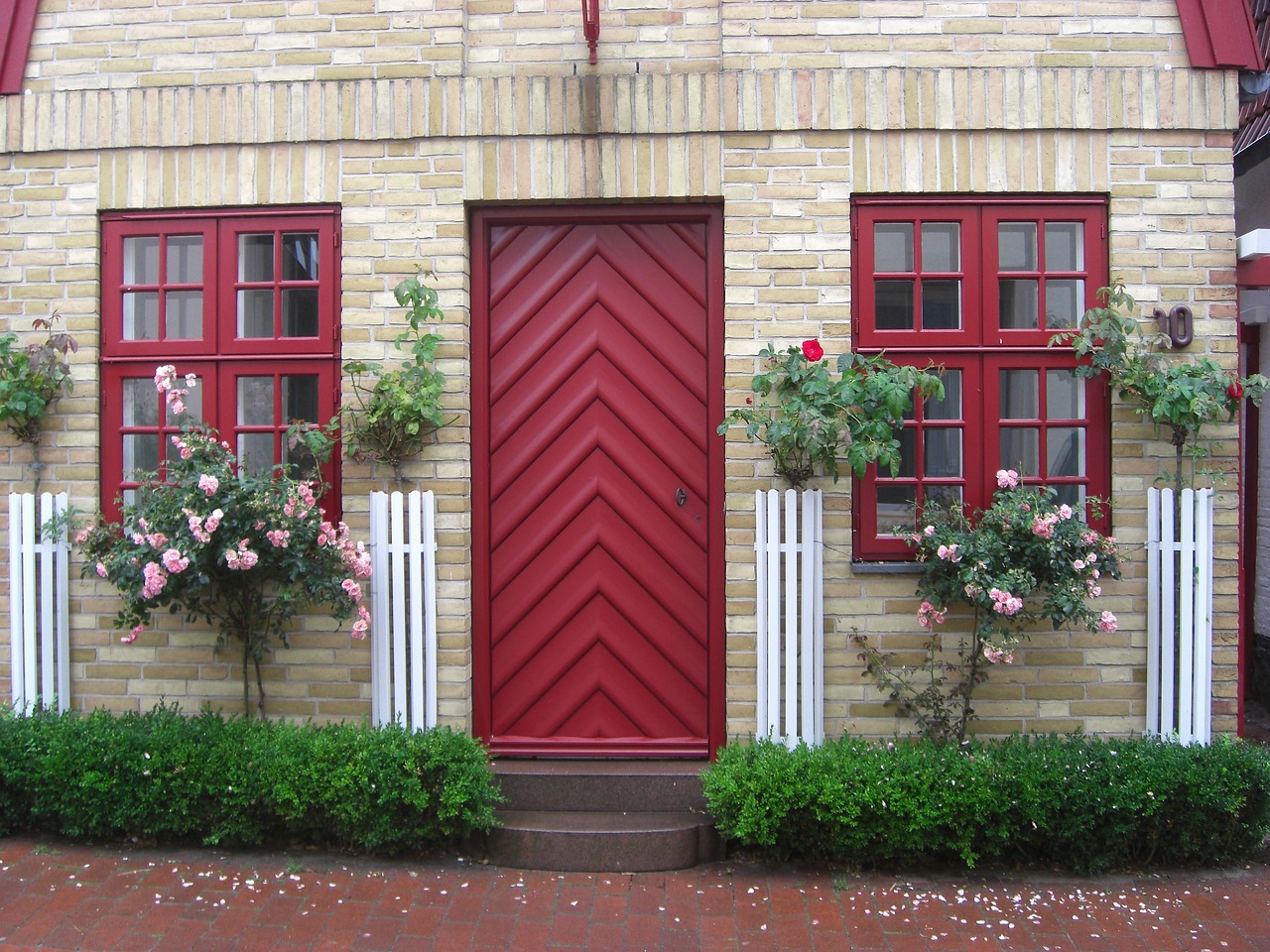How to Choose the Perfect Paint Color for Your Home
When choosing a color palette for your space, it is essential to consider the overall mood and atmosphere you wish to create. Warm tones like reds, oranges, and yellows can bring a cozy and inviting feel to a room, while cool hues such as blues, greens, and purples can evoke a sense of calm and relaxation. Neutral colors like whites, beiges, and grays can provide a timeless and versatile base for any design scheme.
Taking into account the size and lighting of the room is crucial when selecting colors. Darker shades can make a small room feel more intimate and cozy, while lighter colors can help a space feel larger and more airy. Additionally, natural light will affect how colors appear throughout the day, so it’s important to test samples in different areas of the room before making a final decision.
Consider the Lighting in the Room
When selecting a color palette for your space, it’s important to take into account the natural lighting of the room. A room with ample natural light can support a wide range of colors, from bold and vibrant hues to more subtle and muted tones. On the other hand, rooms with limited natural light may benefit from lighter and brighter colors to help create a sense of openness and airiness.
Consider the direction of the light as well – rooms with north-facing windows tend to receive cooler light, while those with south-facing windows often get warmer light. Understanding the quality of light in the room can help you choose colors that will be complemented by the natural lighting, enhancing the overall ambiance of the space. By considering the lighting in the room when selecting your color palette, you can create a harmonious and inviting environment that truly reflects your personal style.
Take Inspiration from Your Furniture and Decor
When it comes to selecting a color palette for your space, drawing inspiration from your existing furniture and decor can be a great starting point. The colors and patterns already present in your room can serve as a guide, helping you choose complementary shades that tie everything together seamlessly.
If you have a vibrant piece of furniture as the focal point in your space, consider selecting a neutral color palette to allow that piece to stand out. On the other hand, if your decor features more muted tones, you may want to add a pop of color with your wall paint or accent pieces to create visual interest. Remember, your furniture and decor can offer valuable cues for the overall color scheme of your room.





